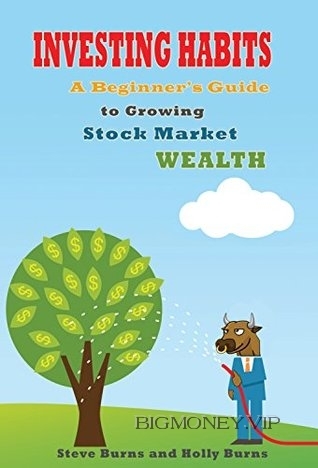
Introduction
"Successful Investing takes time, discipline and patience. No matter how
great the talent or effort, some things just take time: You can't produce a
baby in one month by getting nine women pregnant."
– Warren Buffett
Here is a quick lesson on the stock market for those readers looking for the
basics before we dive into the action steps.
The stock market has a very low barrier of entry. Almost anyone can own a
publicly traded company’s stock and potentially grow their own investment
account. Actively trading and investing in a successful company’s stocks
helps to diversify your ability to create income instead of selling your time
for money at a job.
Companies raise money when they go public by selling their stock on the
stock market through an Initial Public Offering. If a company has an IPO
for 1 million shares offered at $20 a share, then they will take in $20 million
if the market buys all their stock at the offering price. Once a company
takes in the money from their initial share of stock through the IPO, their
shares trade on the open market and the price is determined by what
investors and traders are willing to pay for the stock at any given time. The
value of a company is set by the price of the stock multiplied by the number
of shares of the stock that were issued. If a company has 1 million shares of
stock and the price of the stock is $100 per share, the company market
capitalization is $100 million, meaning the company is worth $100 million.
The company doesn’t determine the value of its stock, the market does. The
price of a stock is set by the last traded share price, because the stock
market is essentially an auction where there is a ‘bid’ and an ‘ask’ price at
any given time. The ‘bid’ is what someone is willing to buy the stock for,
and the ‘ask’ is what someone is willing to sell the stock at. When the stock
is physically traded, that becomes the stock price.
The company is separated from the buying and selling of its own stock
unless it issues a stock buyback program. During a buyback, a company
will go on the open market and buy its own shares and lower the share float
available for trading and investing. Share float is the actual number of
stocks available for trading at any one time.
A company can also issue dividend payments to reward investors with a
share of company earnings. Dividends are usually paid four times a year
(quarterly) on stocks. A dividend stock’s yield is determined by the amount
of their annual dividend payments divided by their current stock price. If a
company pays four annual dividends a year at $1 each for $4 in total annual
dividends, and the stock price is $100, then the stock’s yield is 4%.
Additionally, the company could also have a secondary offering of stock to
raise additional capital, but this brings more supply into the market and
dilutes the existing shares. A secondary offering is looked at negatively
because it shows the company needs to raise more capital because it doesn’t
have adequate cash flow inside the business to operate.
As mentioned above, the company can also buy back its existing shares and
lower the amount of shares available in the market. A buyback program
provides support for a stock price and takes supply of shares out of the
market, helping to increase the demand for the stock. Stock buybacks are
looked at as a positive sign, because it shows the investors that the company
believes that its best use of extra capital is to buy back its own stock.
Investing Habits: A Beginner’s Guide to Growing Stock Market Wealth by Steve Burns




